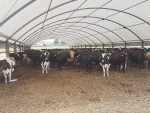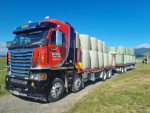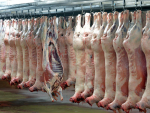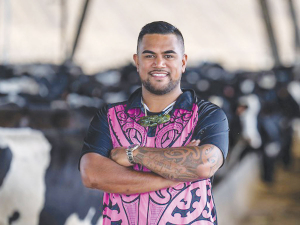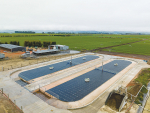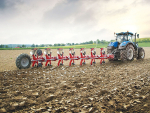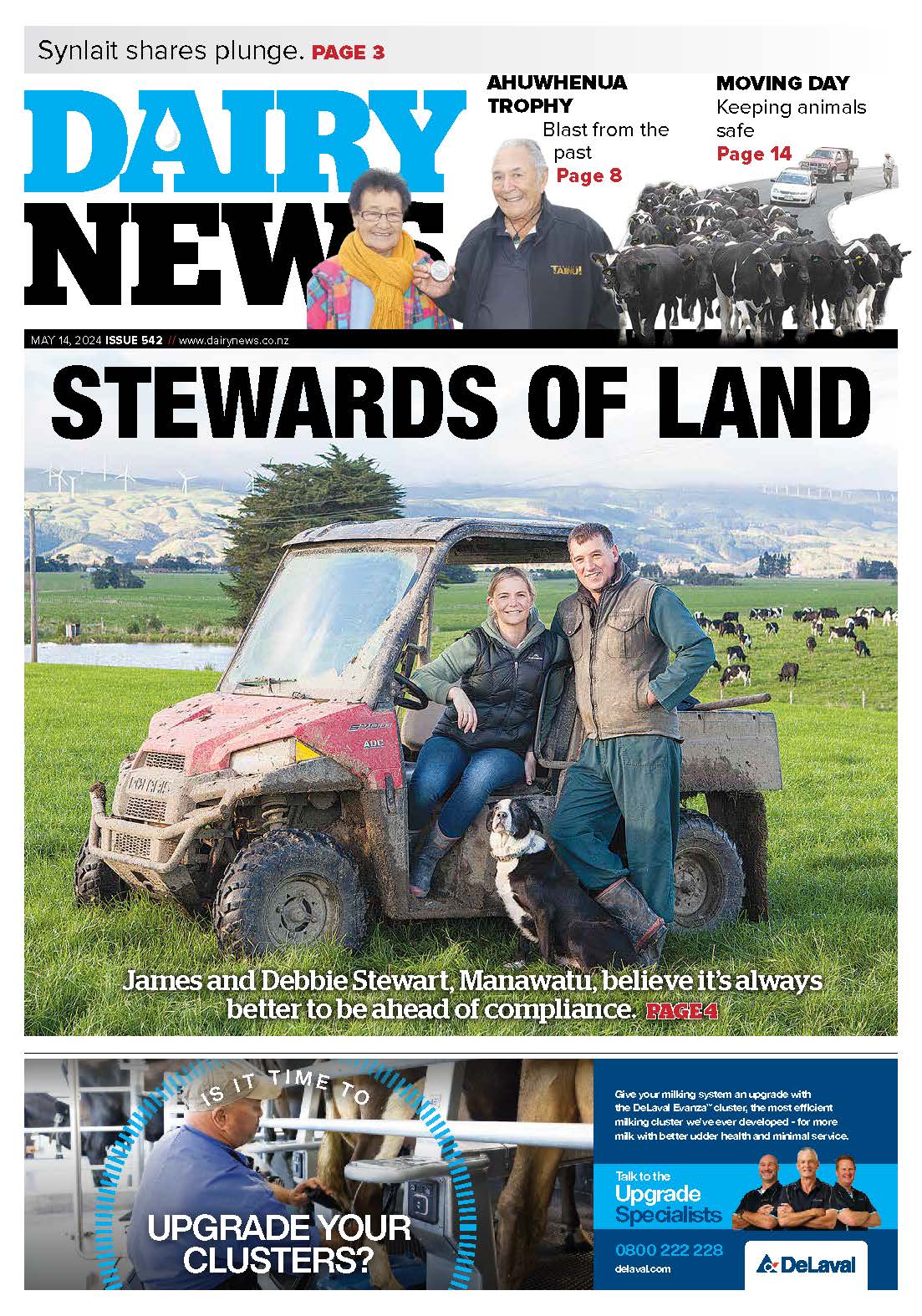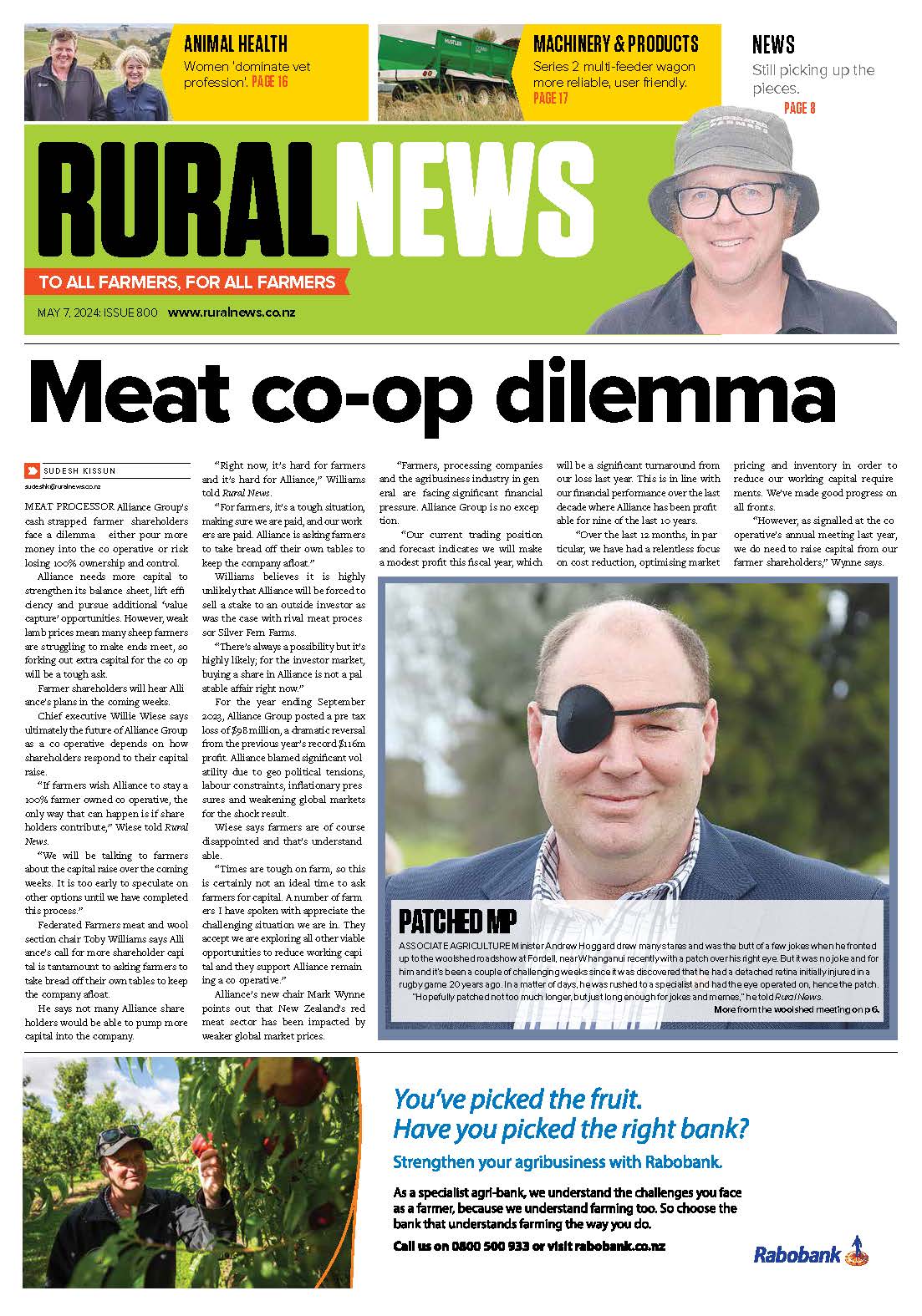The old policy of filling gaps with PKE from September comes with its very own headache this season – the FEI issue.
This season, farmers will need to seriously look at other alternatives and gain a better understanding of what to use and when.
So here are some basic take-home messages and a bit of rationale for those wanting further information.
Quality
Firstly, feed selection in early lactation is relatively easy to decipher and the simple message would have to be, base decisions on feed quality not just feed price!
Why such a statement? The rationale is simple. A freshly calved cow faces many significant metabolic demands relating to her achieving peak milk approximately two months after calving while re-establishing fertility and subsequent pregnancy around three months after calving.
The major factor working against the cow at this stage is simply an insufficient supply of nutrients to meet all of her demands. Outputs (Lactose, Milk Protein and Milk Fat) far exceed inputs.
The net result is simple – loss of condition. This phenomenon is further exaggerated due to the fact that a cow’s Dry Matter Intake (DMI) does not reach maximum levels until two to three months into lactation. So even if there was an abundance of feed, the modern high producing dairy cow would struggle to ingest sufficient amounts to service her demands once she has the taps turned on.
For this reason it seems ludicrous to select feeds with the potential to fill a cow up (high NDF) that have relatively low levels of starch and protein. Yet, the apparent low cost option of Soy Hull (1% starch, 11% protein, 61% NDF) that seems to regularly feature in early season meal blends is exactly that. In late lactation, when any form of dry matter is good, then these products have a place, but there are many better options for freshly calved cows that will provide significantly greater nutritive value supporting both production and reproduction.
Protein
For many years we have accepted the abundance of protein in ryegrass based feeding systems typical to the NZ scenario. It is easy to assume that supplementation of protein based feeds (DDG, canola, soy – for example) has no place in early lactation. This assumption would prove correct, but (and this is a big but) for the fact that the majority of farmers follow a spring rotational planner.
Because of this, the majority of cows in early lactation under this system can be severely deficient in protein and as a result effectively ‘mine’ their own reserves to meet the demands of lactation.
The take-home message here is, there is definitely a place for the addition of protein-based feeds in early lactation until the point where the round is sped up allowing a greater amount of ryegrass pasture to be ingested.
Carbohydrates – Sugar & Starch
The inclusion of these sugar and starch-based feeds (Hi Starch pellet, Kibbled Maize, Tapioca, Molasses) into early lactation really serve two major functions. Firstly, they provide the rumen ‘bugs’ with a readily available energy source allowing them to function efficiently. Secondly, these products provide a readily available source of building blocks for the cow to convert to glucose (which is predominately converted to lactose in the udder). So a diet lacking readily available carbohydrates will lead to decreased bug activity in the rumen and require the cow to manufacture glucose from her reserves.
The take-home message here is a cow (and her rumen bugs) in early lactation require energy, and supplements containing sugar and starch provide this.
Summary
The typical interaction between biological requirements and nutrient supply in early lactation creates a perfect storm type scenario leading to rapid depletion of body reserves or BCS. Higher losses in BCS translate to reduced milk production and poor fertility.
Selection of feeds that not only supplement and complement shortfalls in her nutrient balance will produce more positive results than simply plugging the gap with the cheapest option.
Early lactation is the business end of the season, hiccups at this stage will rob you blind in terms of less milk, high empty rates and more visits from your local Veterinarian.
It’s your call.
• Greg Jarratt is a vet and director of Matamata Veterinary Services.
This article is brought to you by J. Swap Stockfoods.





